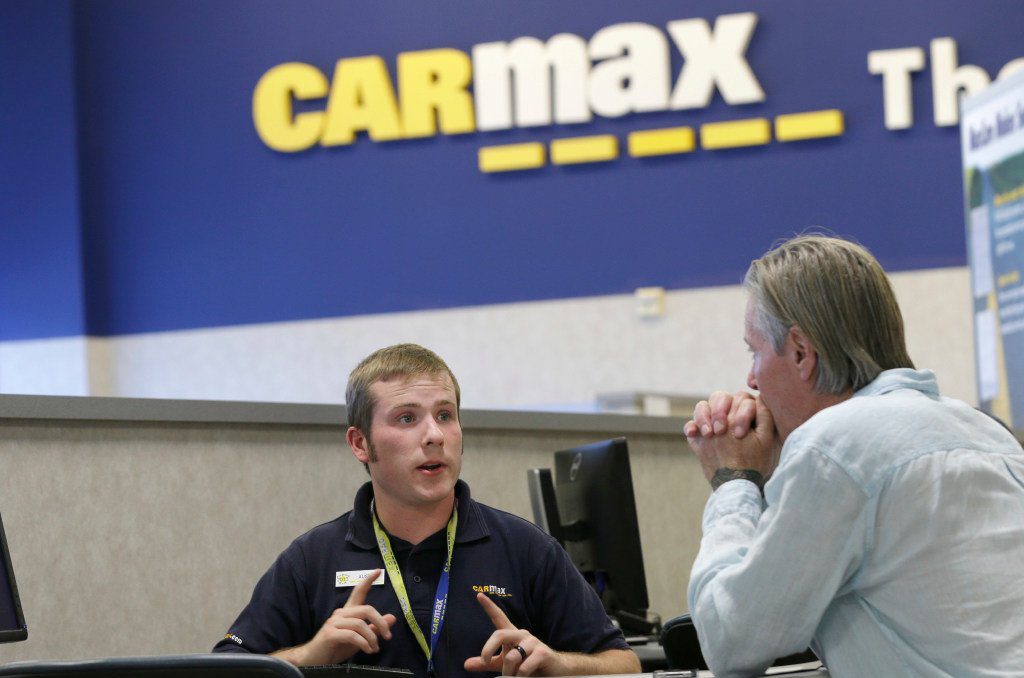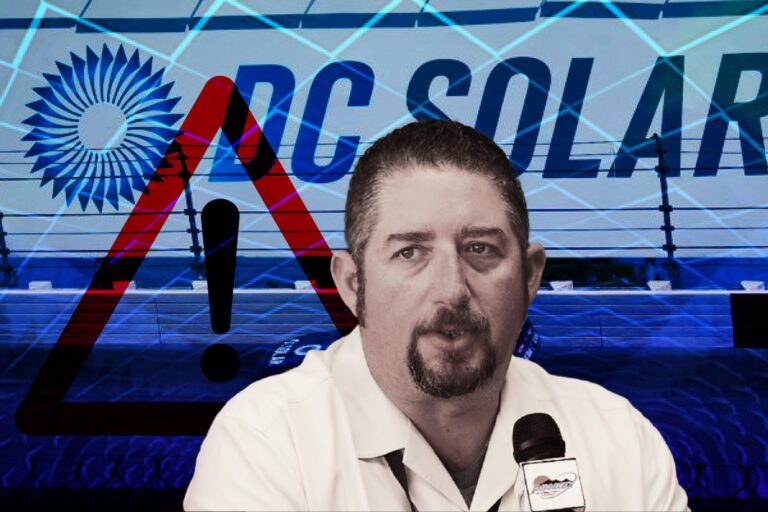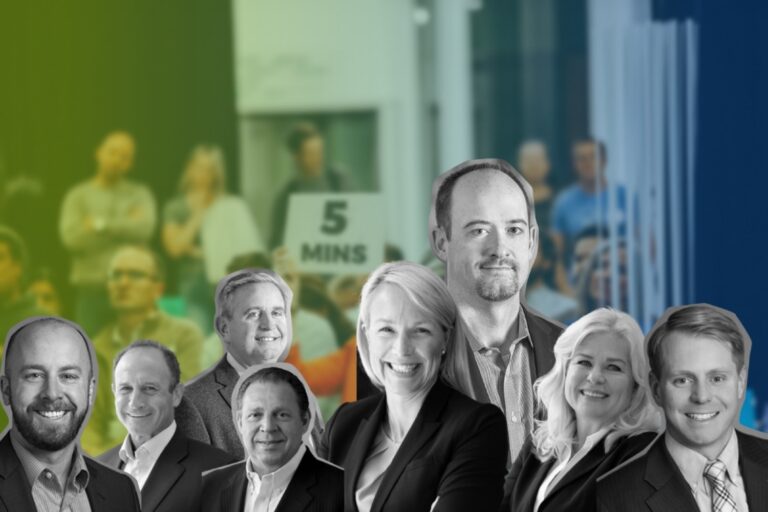How CarMax Disrupts the Used Car Industry to Lead a Consolidate Empire
CarMax is America’s largest used-car retailer and a Fortune 500 company. The corporate entity behind the formation of CarMax was Circuit City Stores, Inc. The first CarMax used-car store opened in September 1993, 1.7 miles from Circuit City’s corporate offices in Richmond, Virginia. As of November 30, 2018, CarMax operated 195 locations in 95 television media markets.
The concept for CarMax was developed by Circuit City executives under then-CEO Richard L. Sharp. It was developed for nearly a year in 1991, using the code name “Project X”, and was also known as “Honest Rick’s Used Cars” to those intimately involved in the skunk works team. The concept was actually first proposed by Ronald L. Moore of Richmond, Virginia, a consultant hired by Circuit City to evaluate possible business opportunities beyond the scope of their consumer electronics locations.
Prior to the first store being built, the company executed the campaign and additional TV advertisements over the course of a number of years in support of the launch and the initial wave of stores.
The business model began with no fees; however, the model was subsequently abandoned for the current business model after it was determined that customers were not concerned about paying transaction fees for the purchase of a vehicle.
A typical CarMax store is approximately 59,000 square feet, carries an inventory of 300–400 vehicles, and turns its inventory over eight to ten times a year. On average, a CarMax location employs 40 sales associates. Each car goes through a thorough 125-point inspection process, beyond any state-required inspections, and includes a 90-day warranty, three days to change your financing for free, and a seven-day money back guarantee.
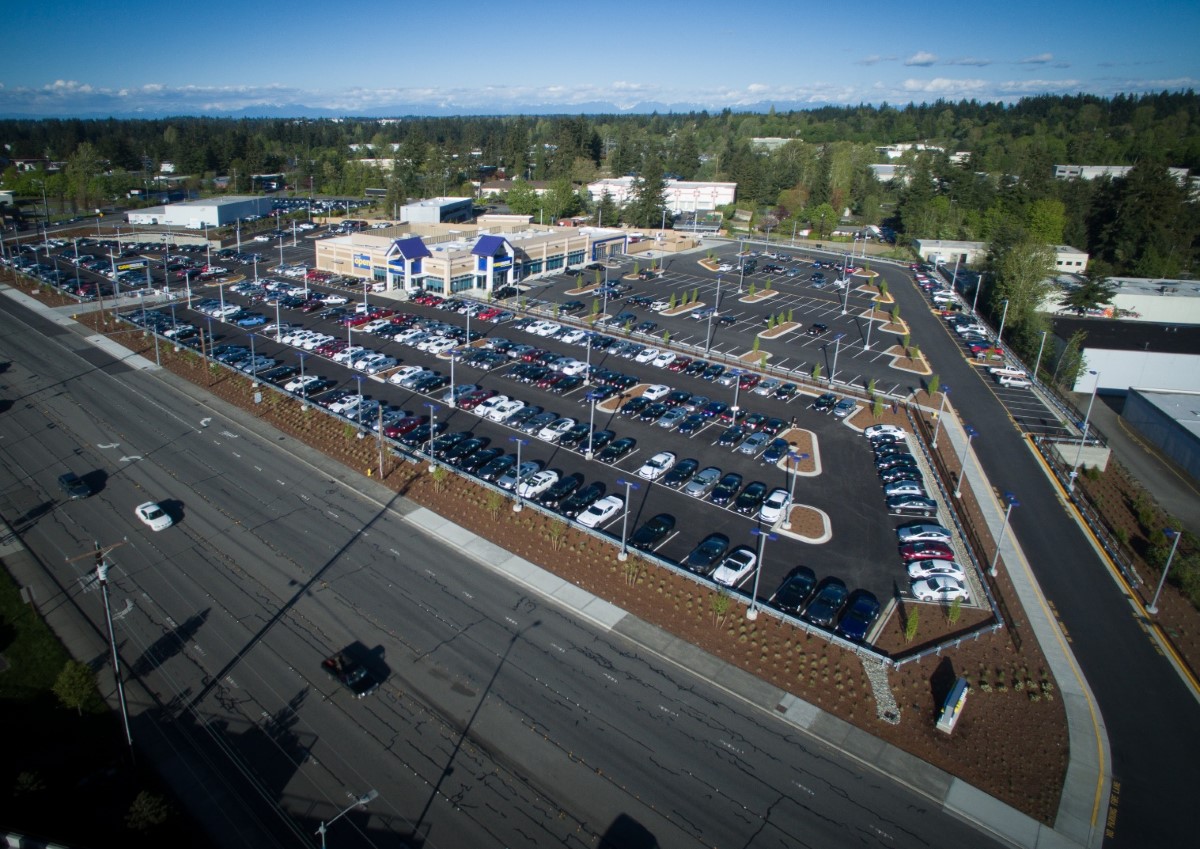
Since fiscal 2007, the company has grown revenues by roughly 34%, and net income has risen by 114% in the same period. In fiscal 2012, net earnings rose 10% to $413.8 million. CarMax continues to grow rapidly, as the company had stores in markets covering only about 50% of the US population in February 2012.
CarMax’s rapid expansion and innovative business model have been the key elements of the company’s success. The company was the first to pioneer “no-haggle” prices in a used car sales environment, and it was among the earliest to rely heavily on Internet traffic to its website for selling cars. In recent years, CarMax has continued this tradition of innovation with its mobile application, which is essentially its website content optimized for the smartphone platform.
#1. CarMax’s Unique Hassle-free Car-buying Business Model
The CarMax business model of a hassle-free car-buying or -selling experience is one of the company’s key strengths. In providing a supply of late model, high quality used cars backed by a 5-day refund guarantee and a minimum 30-day warranty. It helps solve the used car lemons problem. The company also creates a more efficient experience for people seeking to get rid of their old cars, as it agrees to buy any car it appraises, whether or not the owner of that vehicle buys a car from them.

With a fully searchable online inventory of over 35,000 vehicles nationwide, including lots of pictures of the vehicles in inventory, the company is also able to leverage its scale to reduce inventory levels in each store and still provide a large variety of vehicles to customers. No transfer fees within a regional market (for instance, a vehicle being transferred from the company’s Ontario store to the one in Duarte would incur no cost to the customer) essentially create a “shared inventory” across multiple stores in the same region. Although significantly higher, fees for coast to-coast transfers are still under $1,000 and are generally broadly in line with or lower than prices charged by car transport providers.
Fixed commissions in states other than California for CarMax sales consultants also help align sales consultants’ interests with those of customers in purchasing an appropriate vehicle, rather than encouraging upselling. As the first large-scale nationwide used car retailer, the company has built a strong reputation for quality and customer satisfaction.
This strong brand image continues to be reinforced through word-of-mouth; additionally, radio and television advertising further supports the brand and raises awareness prior to the company’s expansion into new markets.
A shift to advertising via national cable and radio media is expected to generate significant cost savings. The message of current CarMax television ads, “Start here,” is straightforward and compelling. “Start here” is a friendly, customer-centric proposition; it represents a dramatic departure from the traditional car advertisement script, which is generally a variant of “Buy from us for these reasons.” The “start here” ads also support the company’s no-hassle, no-pressure sales environment for both buyers and sellers of used cars.
#2. CarMax’s Rapid Expansion via Locating Ideal Geographic Footprint
Geographic location of stores is also a significant strength of CarMax relative to its competitors. Mid-income midsized cities with significant a large geographic footprint is ideal for car ownership. Although large urban areas are also likely to have significant demand for vehicles, there is often greater competition from local area used car retailers, which occasionally have several retail locations. Some large cities, such as New York City, also have extensive rail-based public transportation networks.
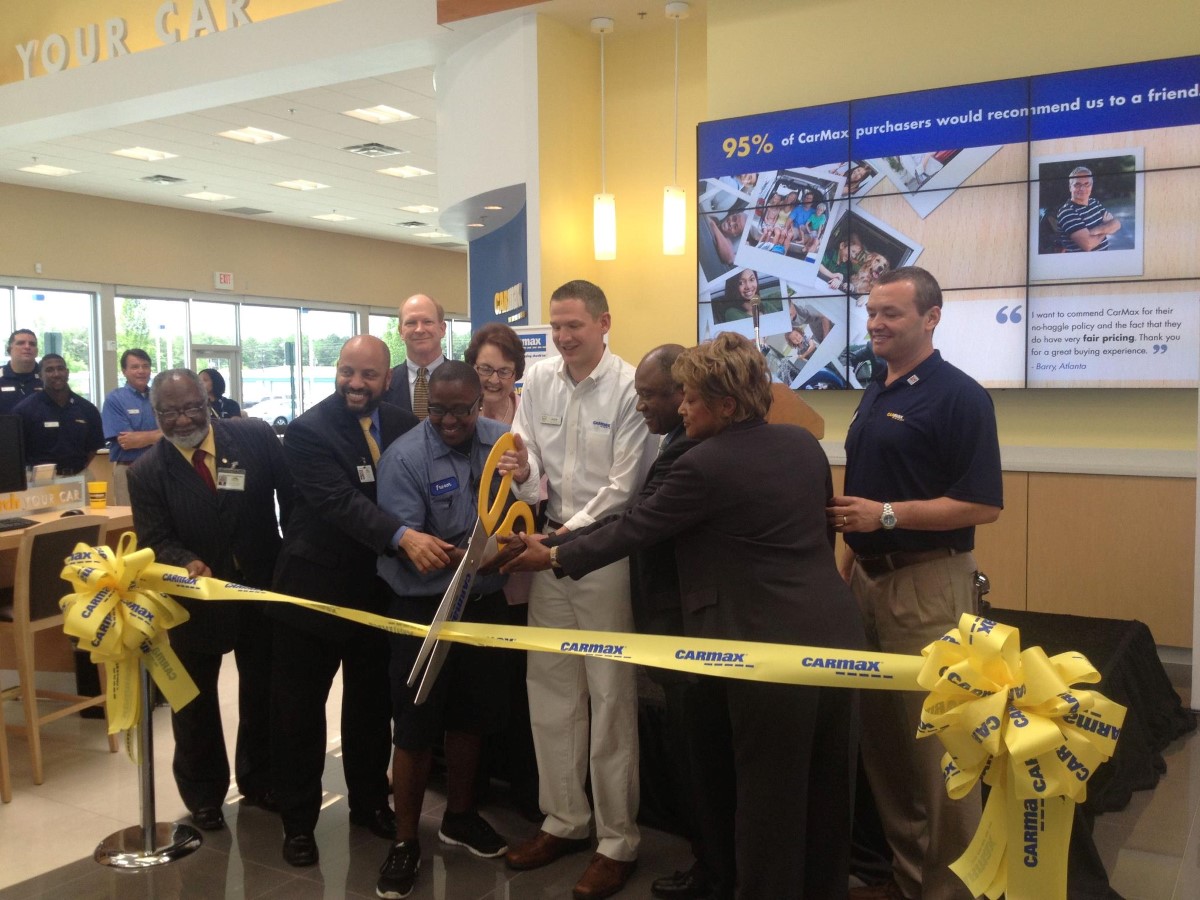
Another of CarMax’s core strengths is its dual-format retailing approach for its used car stores. The company has “production” and “non-production” stores: The former perform vehicle reconditioning on-site; the latter do not. This approach enables CarMax to adequately serve the needs of each market while maintaining a lean cost profile and while spreading the relatively high overhead cost of production superstores over a larger number of vehicles reconditioned. When CarMax enters a new market with high projected growth, it may choose to construct a store that can support vehicle reconditioning but may initially operate that store as a non-production location. The company’s 108 locations consisted of 63 production stores and 45 nonproduction stores.
#3. Upgrade Customer Experience via Its Digital Transformation Campaigns
The company has always gained market share by providing a great customer experience. However, customer expectations are changing, they are measuring their experience with CarMax against their experience with companies like Starbucks, not against other used-car companies. In addition, customers are completing the vast majority of their research online. In fact, nine out of 10 CarMax purchasers start online. So, they knew they needed to revolutionize car buying again through customer-focused technology innovations.
Digital transformation at CarMax means transitioning into a true omni-channel retailer, leveraging technology, data, product innovation and agile testing and learning to deliver an exceptional customer experience.
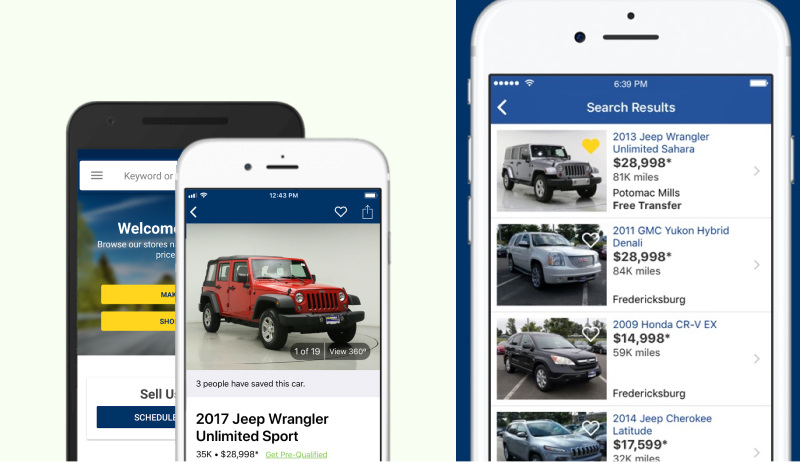
These days, customers are in the driver’s seat in how they want to shop. Some want to do everything online, some want to come into the store, but most want to move from digital to in-store in a seamless way. Its digital strategy is all about giving the customer options. The company stared to focus its transformation on customer enabling technologies, which include all of the technology its associates use to engage with its customers, as well as the technology that is directly customer facing.
For instance, the company are deploying a new mobile app to improve the appraisal process for its in-store buyers (CarMax employees) and its customers. Prior to this app, in-store associates completed the appraisal process using a clipboard, pen, assessment worksheet, flashlight, and camera. The customers had to leave the vehicle and go into the store to complete the process. Today, when a customer comes in to sell a car, associates equipped with mobile devices can assess the vehicle in real-time and have access to the information they need to provide an appraisal without leaving the vehicle. This delivers a simple and seamless exceptional experience both for the customer and the associate. The company appraise millions of cars a year, so it has seen some significant business benefits from our mobile program.
CarMax are also piloting a new product in Charlotte, NC, called Home Delivery, that allows customers to shop for and buy a car without coming to a store.
Exceptional customer service is at the core of CarMax, and these initiatives work to deliver on that promise by providing as much or as little of the online car buying experience as the customer wants. Before the transformation, most of its technology was custom developed, and it was hard to make changes. When the company re-platformed its customer-facing technologies, it decided on a “cloud and mobile first” strategy, to allow customers to have the same experience regardless of their device. As a result, it is now able to complete enhancements in a matter of hours when it used to take days or even months.
Over the past three years, the company has been focused on a larger IT transformation to allow it to be more innovative and agile. The company has also focused key parts of its IT department to operate as a product organization.

Transforming to a product organization is not only an IT initiative, but also a cross-company priority. It required a total change in how the company thinks and what company does. In the beginning, the company knew it needed to make some major changes, which CarMax internally called “shocking the system.” In its offices, the company removed cubes and created collaborative spaces. CarMax co-located staff so that IT associates now sit within their product teams alongside marketing and other cross-functional team members. And it created a new IT operating and investing model based on product teams that allows it to focus on true business outcomes and not output.

